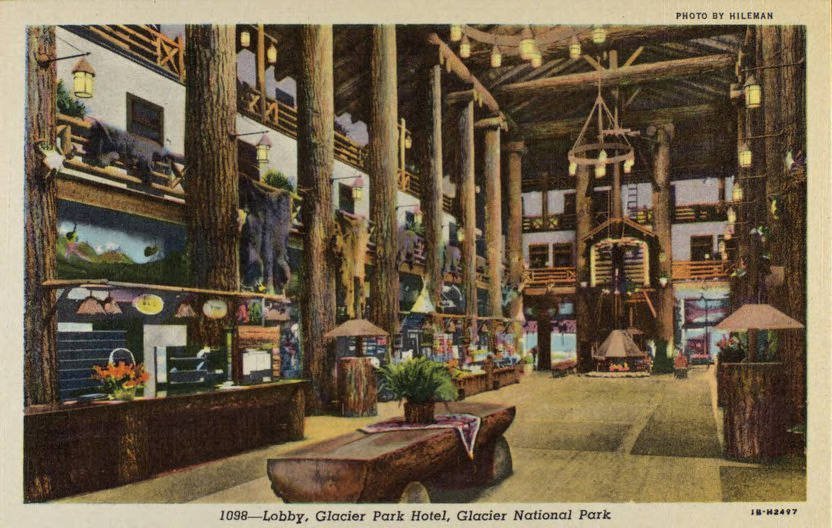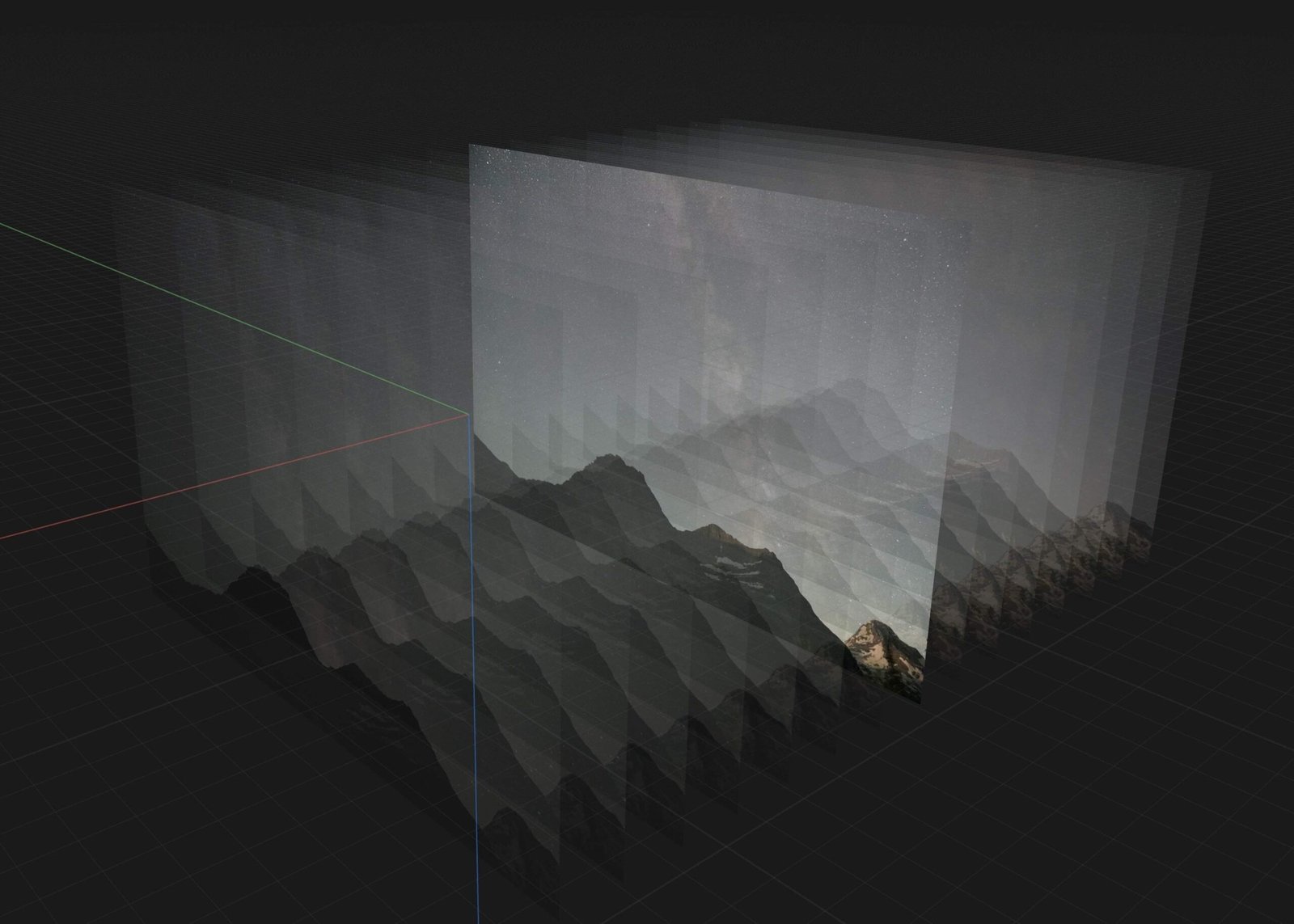Pikas at Glacier National Park are small, rabbit-like mammals that inhabit high-elevation talus fields. These resilient creatures have adapted to the harsh alpine environment, playing a crucial role in the park’s ecosystem. Despite facing challenges from climate change, pikas demonstrate remarkable adaptability. This guide explores their habitats, behaviors, and conservation efforts within Glacier National Park.
What Are the Specific Habitats of Pikas at Glacier National Park?

Pikas at Glacier National Park have very specific habitat requirements:
- Elevation Range: 1050 to 3000 meters
- Preferred Terrain: Talus fields (areas of broken rock)
- Vegetation Access: Proximity to alpine meadows
These habitats provide the following essential elements:
- Cool, stable microclimates
- Protection from predators
- Access to food sources
The talus fields act as natural refrigerators, maintaining temperatures around 32°F (0°C) in the spaces between rocks. This microclimate is crucial for pikas to regulate their body temperature, especially during hot summer days and cold winter nights.
What Do Pikas Eat at Glacier National Park?

Pikas are generalist herbivores with a diverse diet:
- Grasses
- Flowers
- Leaves
- Evergreen needles
- Pine cones
Their diet varies seasonally:
| Season | Eating Habits |
|---|---|
| Summer | Direct consumption of plants and gathering for hay piles |
| Winter | Reliance on stored hay piles |
Pikas exhibit unique foraging behaviors:
- They are most active during cooler parts of the day.
- In warmer habitats, they may forage at night.
- They spend summers gathering vegetation for their hay piles.
These hay piles serve as their primary food source during the nine-month alpine winter when other vegetation is scarce.
How Are Pikas Adapting to Climate Change at Glacier National Park?
Pikas face significant challenges due to climate change, but they’re showing remarkable adaptability:
- Behavioral Adaptations:
- Shifting activity patterns to cooler times of day
-
Utilizing microrefugia (small areas with favorable conditions)
-
Physiological Adaptations:
- Some populations are developing heat tolerance
-
Adjusting their metabolism to cope with temperature changes
-
Habitat Utilization:
- Moving to higher elevations where possible
- Exploiting north-facing slopes and other cooler areas
Despite these adaptations, pikas remain vulnerable to extreme heat events and changes in snowpack, which can affect their winter survival.
What Conservation Efforts Are in Place for Pikas at Glacier National Park?
Conservation efforts for pikas at Glacier National Park involve multiple strategies:
- Research Studies:
- Systematic surveys of talus fields
- Documentation of pika presence and abundance
-
Use of biophysical models to predict habitat suitability under different climate scenarios
-
Organizations Involved:
- National Park Service
- University of Montana
-
Institute of Arctic and Alpine Research
-
Monitoring Programs:
- Long-term population monitoring
-
Habitat assessment and mapping
-
Public Education:
- Visitor information programs about pika ecology and conservation
- Citizen science initiatives for pika observation
These efforts aim to understand and mitigate the impacts of climate change on pika populations within the park.
Where Are the Best Locations to Observe Pikas at Glacier National Park?
While specific GPS coordinates aren’t provided, here are some prime areas for pika observation:
- Logan Pass: High-elevation area with suitable talus fields
- Many Glacier: Known for diverse wildlife, including pikas
- Beartooth Plateau: Offers expansive alpine habitat
Best times for viewing:
– Early morning
– Late afternoon
– Cool, overcast days
Visitor guidelines:
1. Maintain a safe distance
2. Do not disturb the habitat
3. Use binoculars for better viewing
4. Stay on designated trails
5. Report sightings to park rangers
How Can Visitors Help Protect Pikas at Glacier National Park?
Visitors can play a crucial role in pika conservation:
- Practice Responsible Tourism:
- Stay on marked trails
- Do not remove rocks from talus fields
-
Keep a respectful distance from pikas and their habitats
-
Participate in Citizen Science:
- Report pika sightings to park rangers
-
Join organized pika monitoring programs if available
-
Reduce Carbon Footprint:
- Use park shuttles instead of personal vehicles
-
Practice Leave No Trace principles
-
Educate Others:
- Share knowledge about pikas and their conservation needs
-
Encourage responsible wildlife viewing practices
-
Support Conservation Efforts:
- Donate to park conservation funds
- Volunteer for habitat restoration projects
By following these guidelines, visitors can help ensure the long-term survival of pikas at Glacier National Park.
References:
1. Silence of the Pikas | BioScience – Oxford Academic
2. Pikas Are Adapting To Climate Change Remarkably Well
3. Pikas and Climate Change | When the Fridge Gets Warm